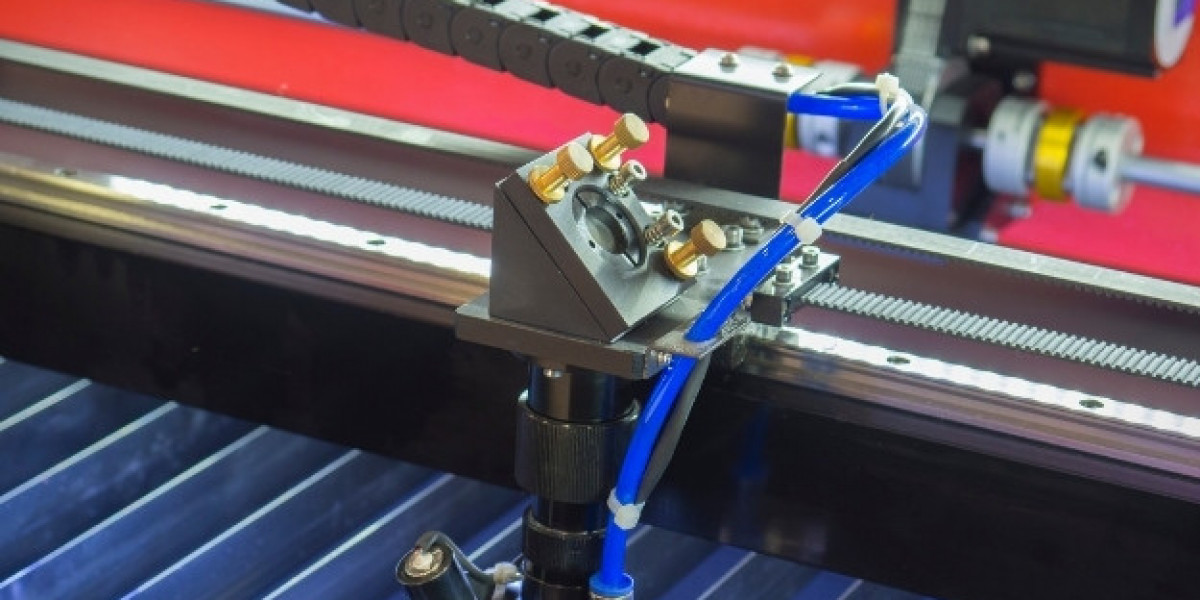Laser welding has emerged as a game-changer in the world of metal joining, particularly for stainless steel. This technique offers a unique blend of precision, speed, and quality, making it a preferred choice for a wide array of applications. This guide will delve into the intricacies of stainless laser welding, exploring its advantages, challenges, and best practices for achieving optimal results.
Understanding the Process:
Laser welding utilizes a focused beam of high-energy light to melt and fuse the edges of metal components. The laser's concentrated energy creates a localized heat zone, minimizing heat distortion and ensuring a narrow, precisely controlled weld bead. This process is particularly well-suited for stainless steel due to its high melting point and susceptibility to heat-affected zones (HAZ).
Advantages of Laser Welding Stainless Steel:
- Unmatched Precision: Laser welding offers exceptional accuracy, allowing for intricate designs and tight tolerances. This is crucial for applications demanding precise geometry and dimensional control.
- Reduced Heat Distortion: The focused nature of the laser beam minimizes heat distortion, preserving the material's integrity and reducing the risk of warping or cracking.
- High Speed and Efficiency: Laser welding is significantly faster than traditional welding methods, leading to increased productivity and reduced manufacturing time.
- Superior Weld Quality: Laser welding produces clean, consistent welds with minimal spatter and porosity, resulting in superior strength and corrosion resistance.
- Minimal Material Waste: The precise nature of laser welding minimizes material consumption, reducing waste and maximizing material utilization.
Challenges of Laser Welding Stainless Steel:
- Reflectivity: Stainless steel's reflective surface can hinder laser beam absorption, requiring careful surface preparation and appropriate laser parameters.
- Heat Dissipation: Efficient heat dissipation is crucial to prevent overheating and potential damage to the workpiece. This often requires specialized cooling systems and techniques.
- Material Thickness: Laser welding is typically best suited for thinner stainless steel sections, as thicker materials may require higher laser power and longer processing times.
- Cost: Laser welding equipment and expertise can be expensive, making it a more cost-effective option for high-volume or critical applications.
Best Practices for Laser Welding Stainless Steel:
- Surface Preparation: Thorough cleaning and preparation of the weld surfaces are essential to ensure proper laser beam absorption and prevent defects. This includes removing contaminants, oxides, and any surface irregularities.
- Laser Parameters: Selecting the correct laser power, pulse duration, and beam focus is crucial for achieving optimal weld quality. These parameters should be carefully adjusted based on the specific material thickness, weld geometry, and desired weld characteristics.
- Shielding Gas: An inert shielding gas, such as argon or helium, is essential to prevent oxidation and contamination of the molten weld pool. This gas creates a protective atmosphere around the weld, ensuring a clean and sound fusion.
- Cooling Techniques: Employing appropriate cooling methods, such as water-cooled fixtures or forced air circulation, is vital to manage heat dissipation and prevent distortion. These techniques help maintain the workpiece's temperature within acceptable limits, minimizing thermal stresses and potential defects.
- Post-Weld Treatment: Post-weld heat treatment may be necessary to relieve stresses and improve the weld's mechanical properties. This treatment can enhance the weld's strength, ductility, and resistance to cracking.
Applications of Laser Welding Stainless Steel:
Laser welding finds widespread application in various industries, including:
- Automotive: Welding components for exhaust systems, chassis, and body panels.
- Aerospace: Joining intricate parts for aircraft structures and engines.
- Medical Devices: Fabricating precision instruments and implants.
- Electronics: Assembling delicate components for circuit boards and electronic devices.
- Food Processing: Constructing durable and hygienic equipment for food production.
Conclusion:
Laser welding offers a powerful and versatile tool for joining stainless laser welding components with exceptional precision and quality. By understanding the process, its advantages and challenges, and adhering to best practices, manufacturers can leverage this technology to achieve optimal results and enhance their manufacturing capabilities. As the technology continues to evolve, stainless laser welding will undoubtedly play an increasingly vital role in shaping the future of stainless steel fabrication.








